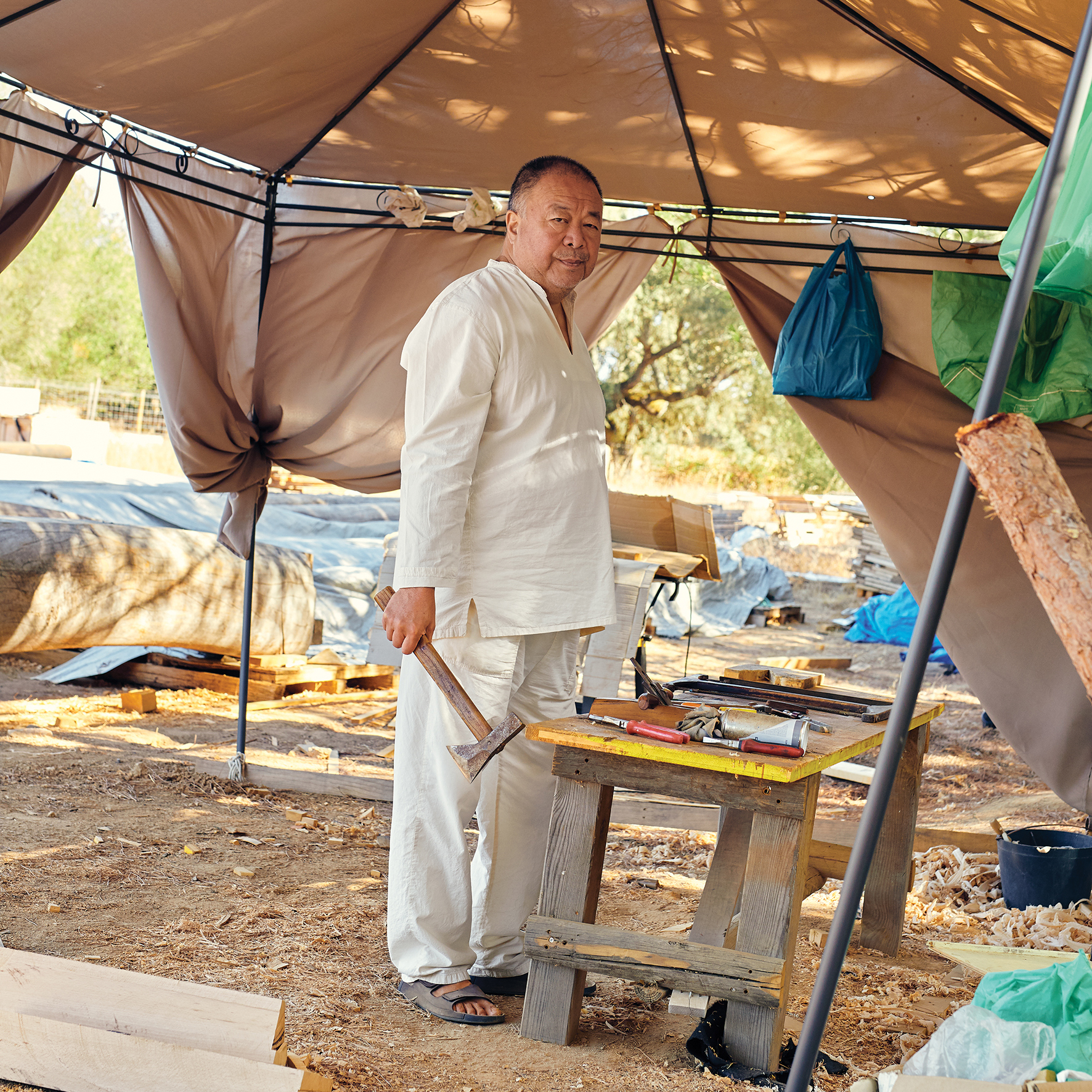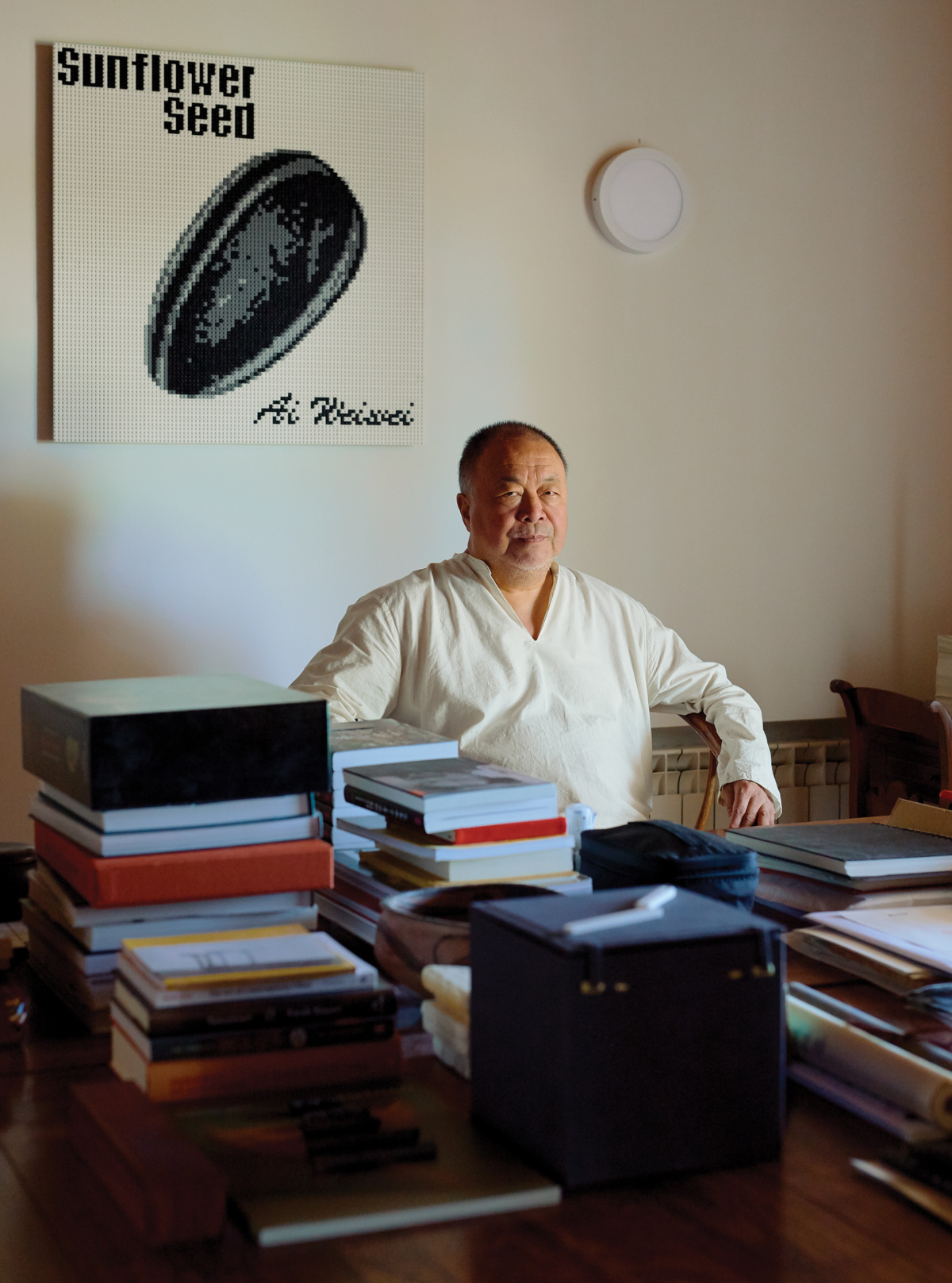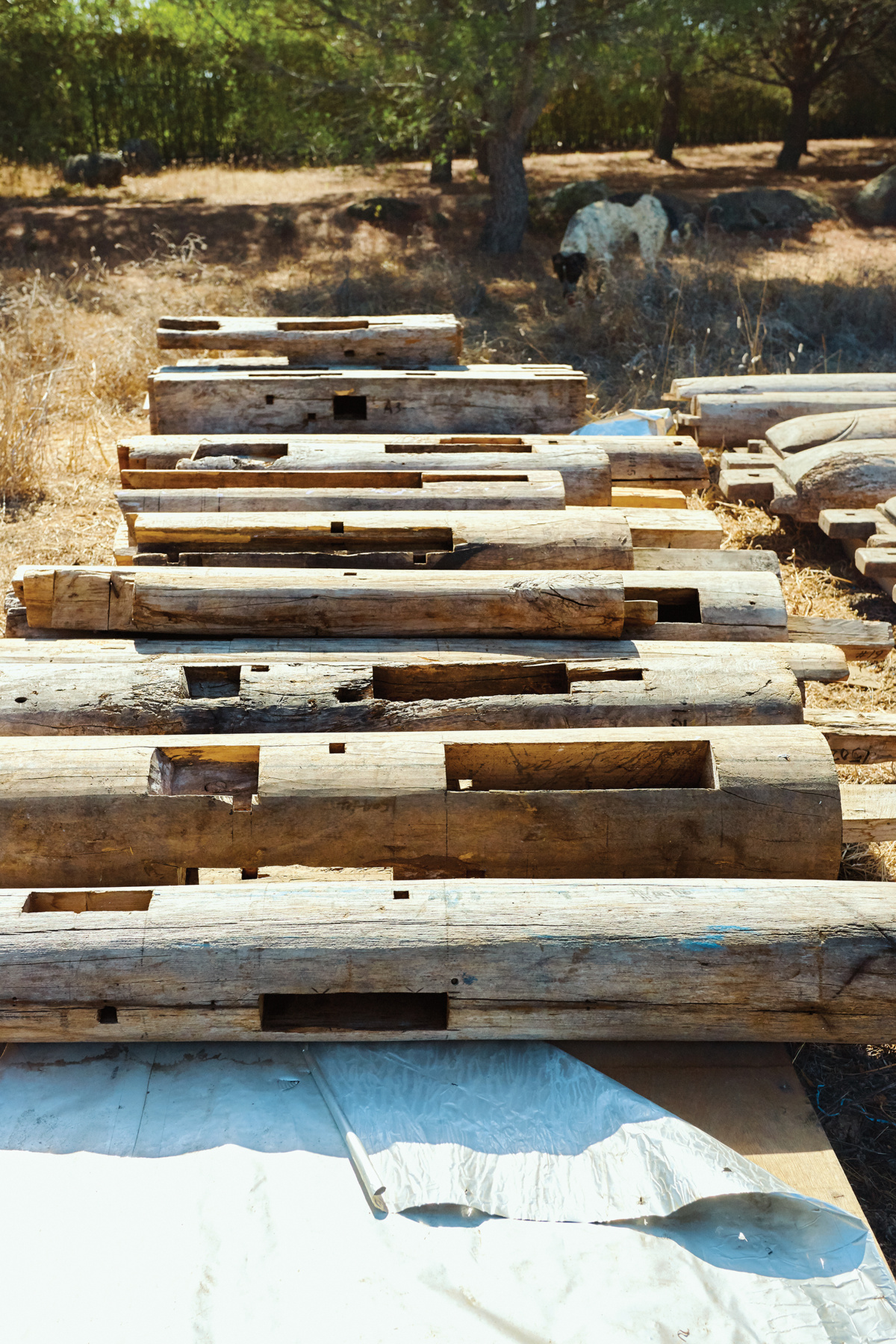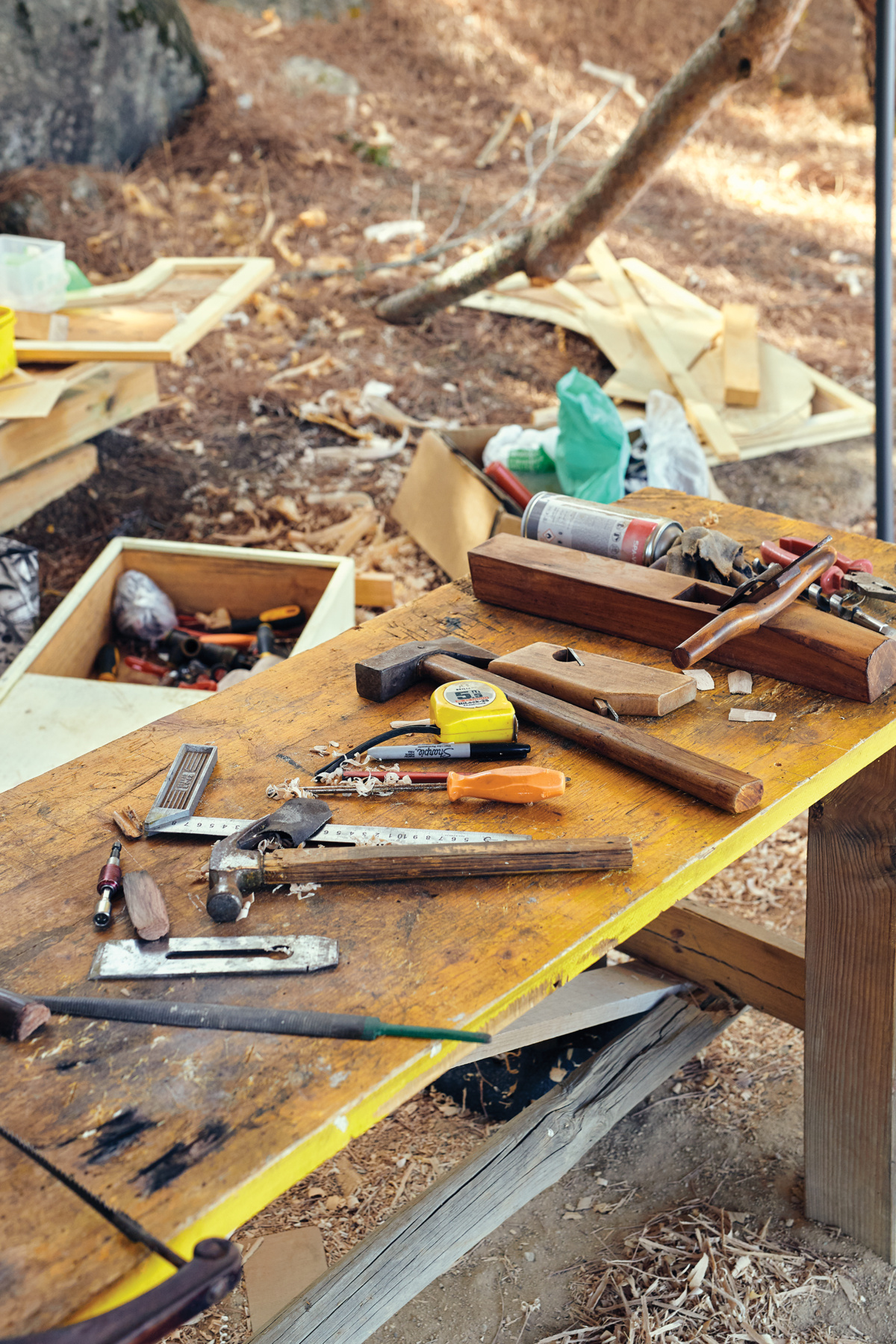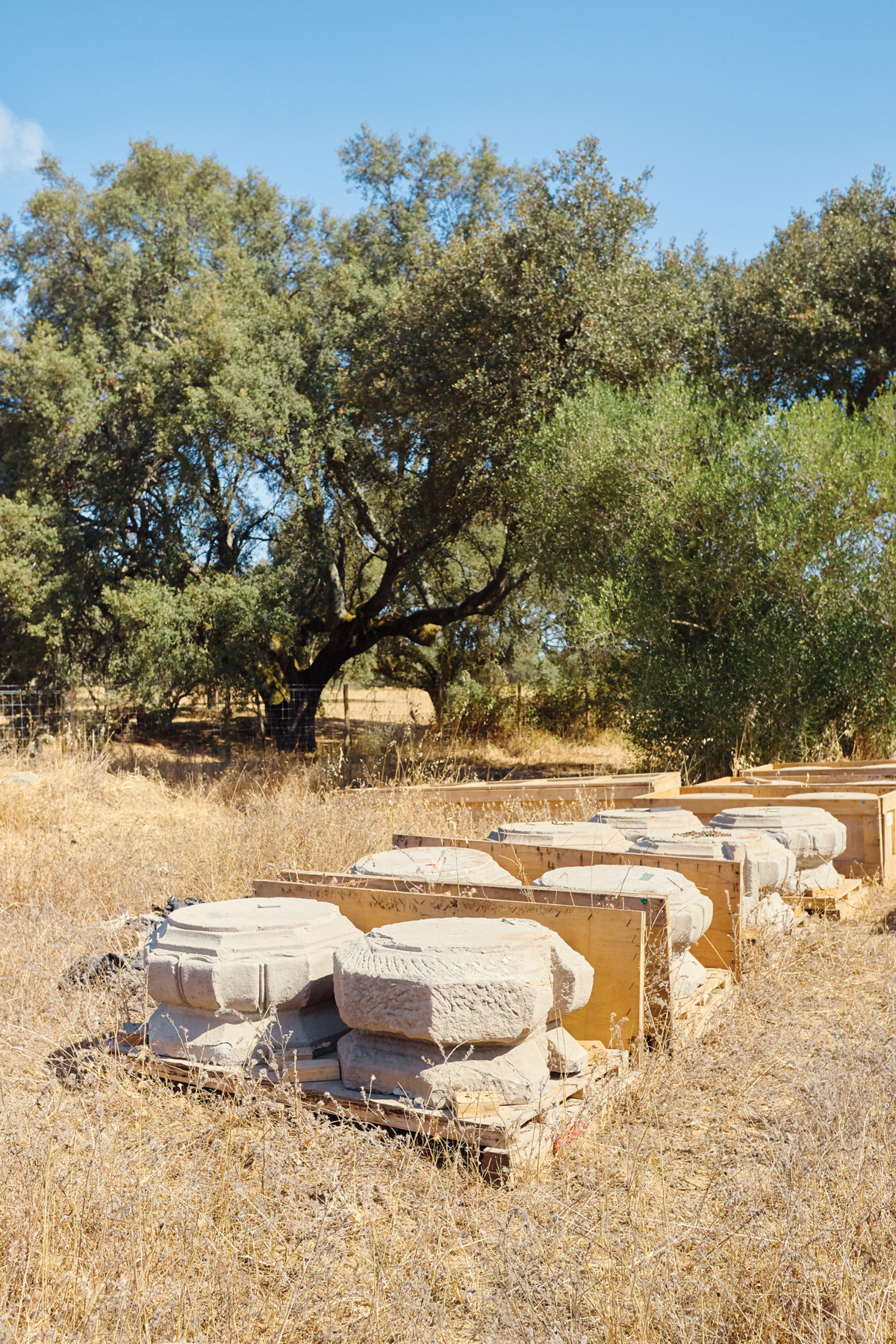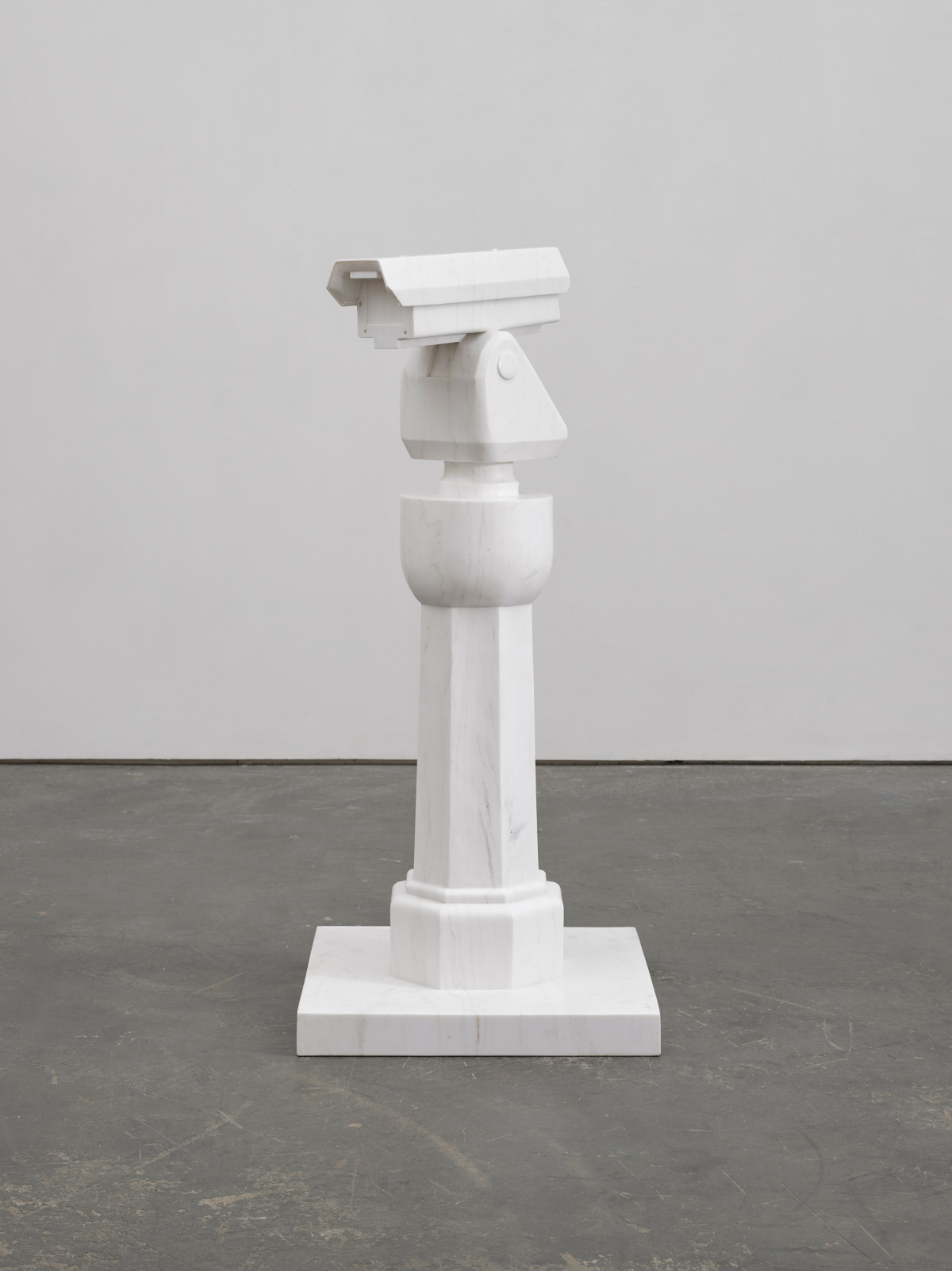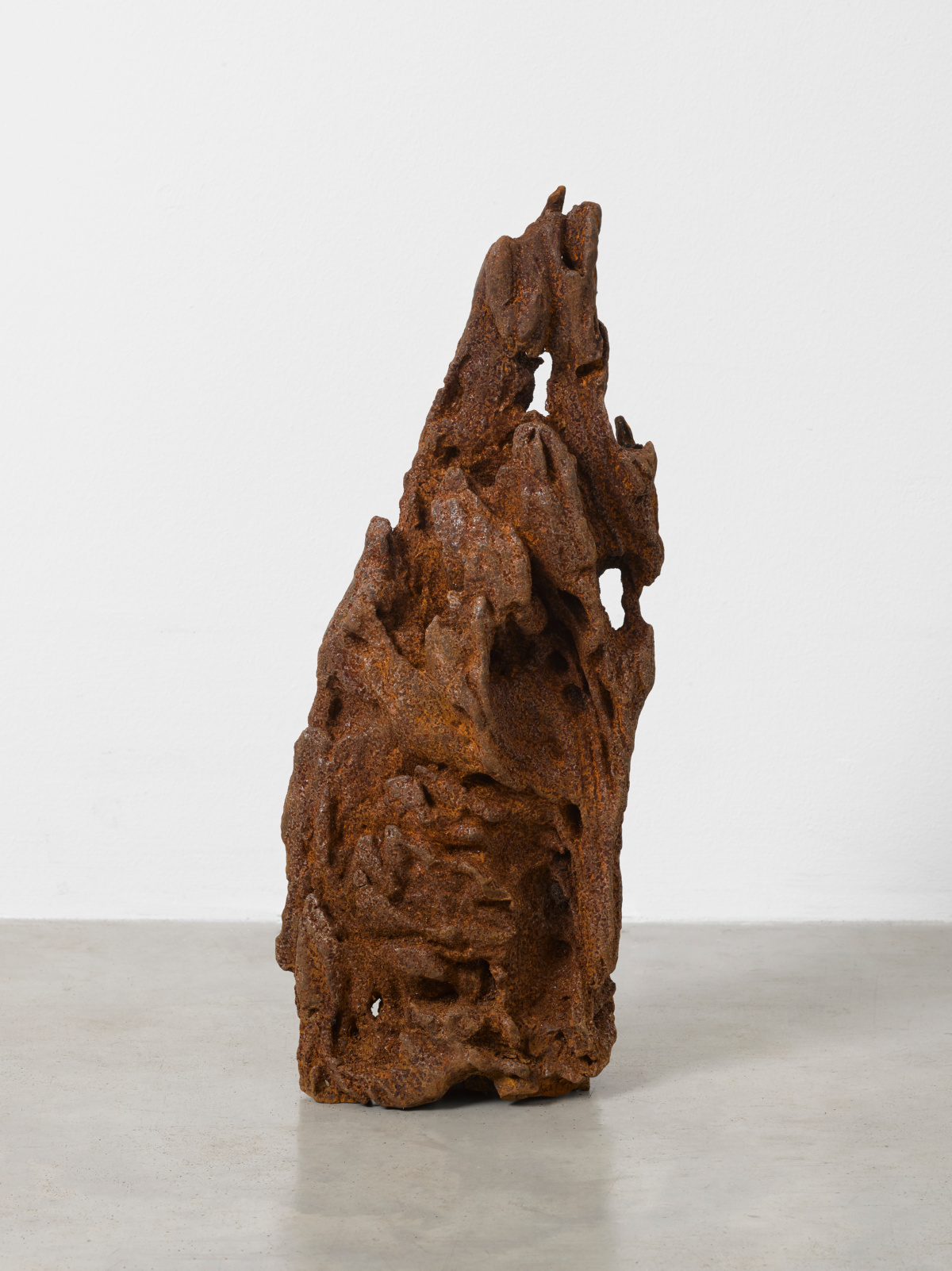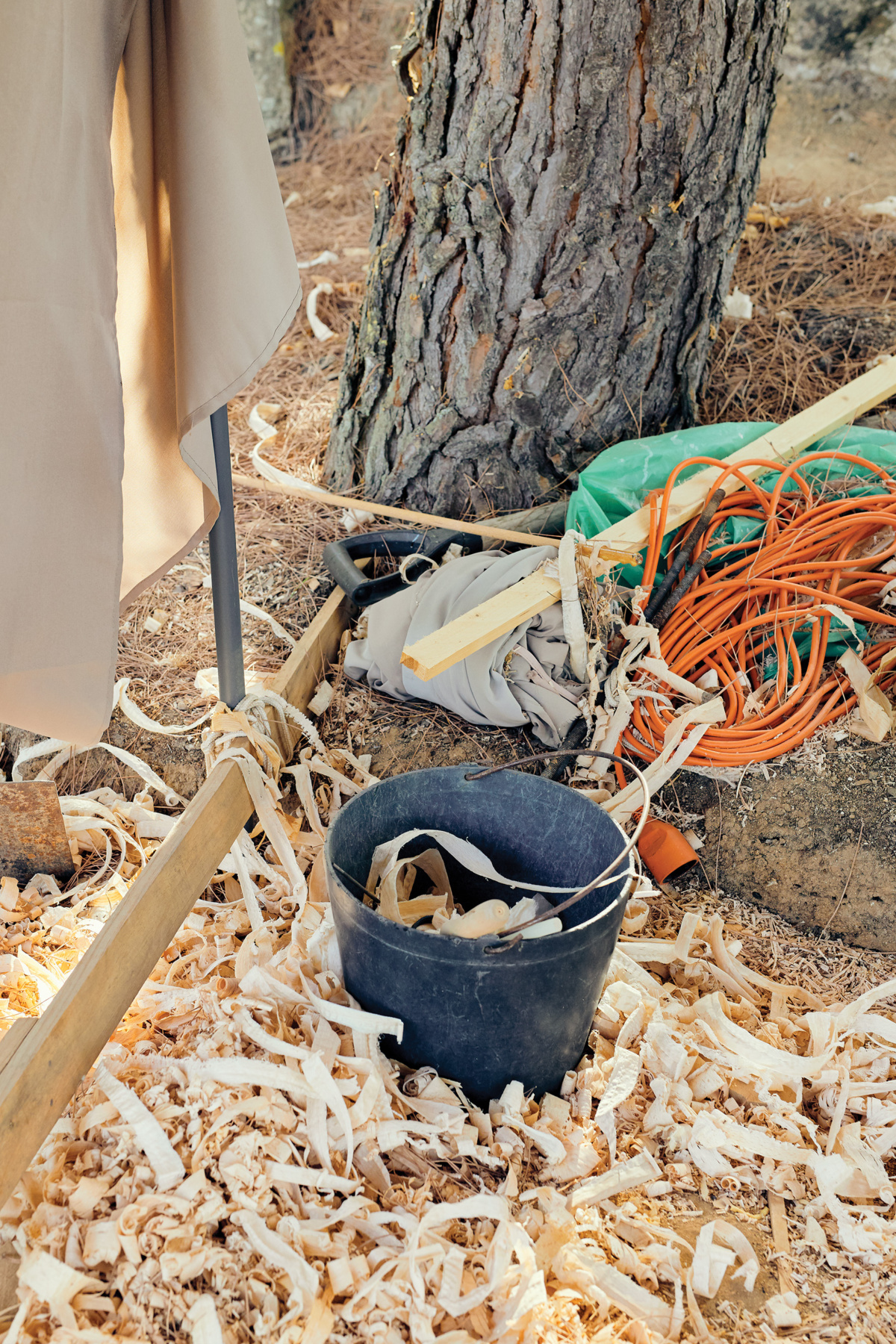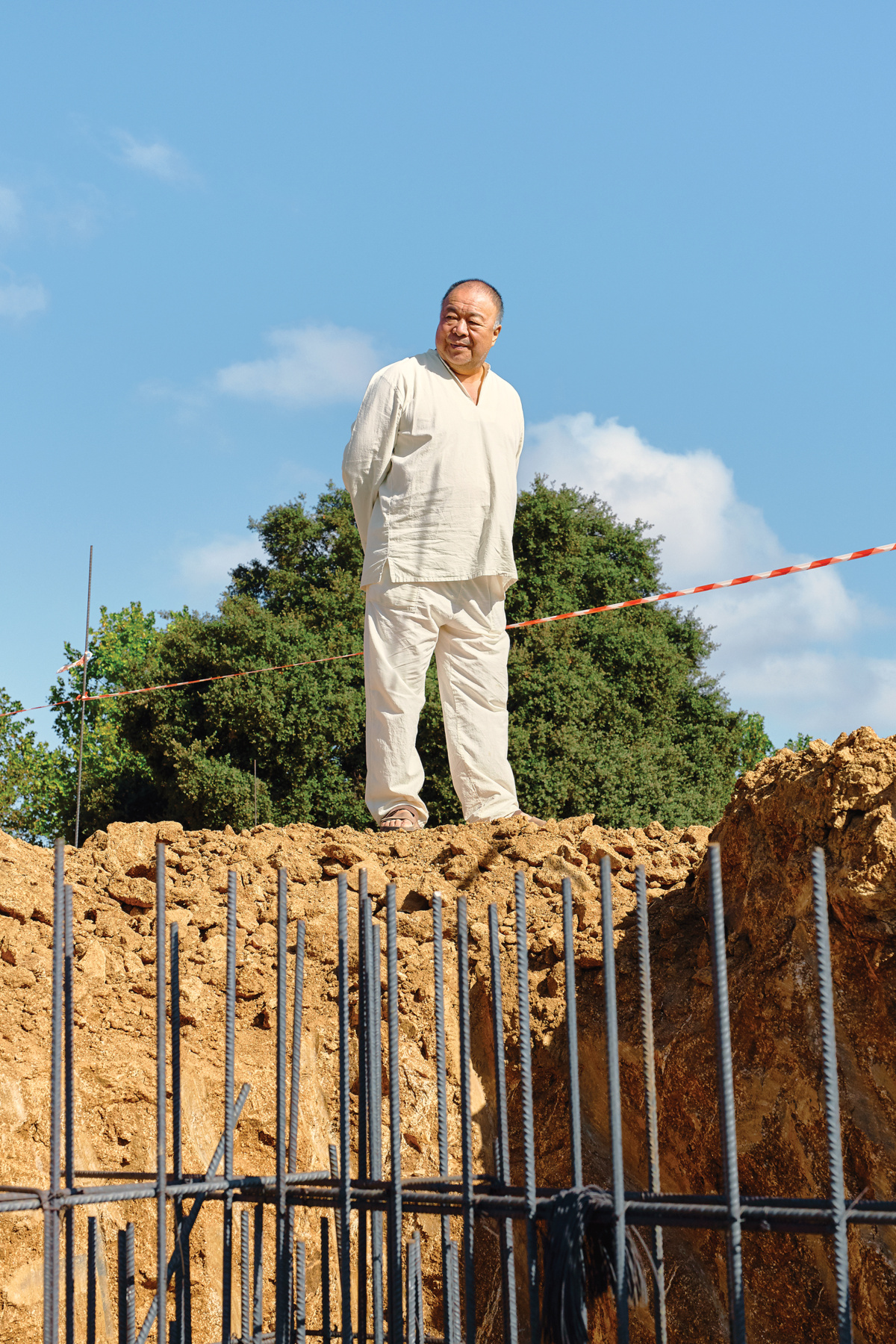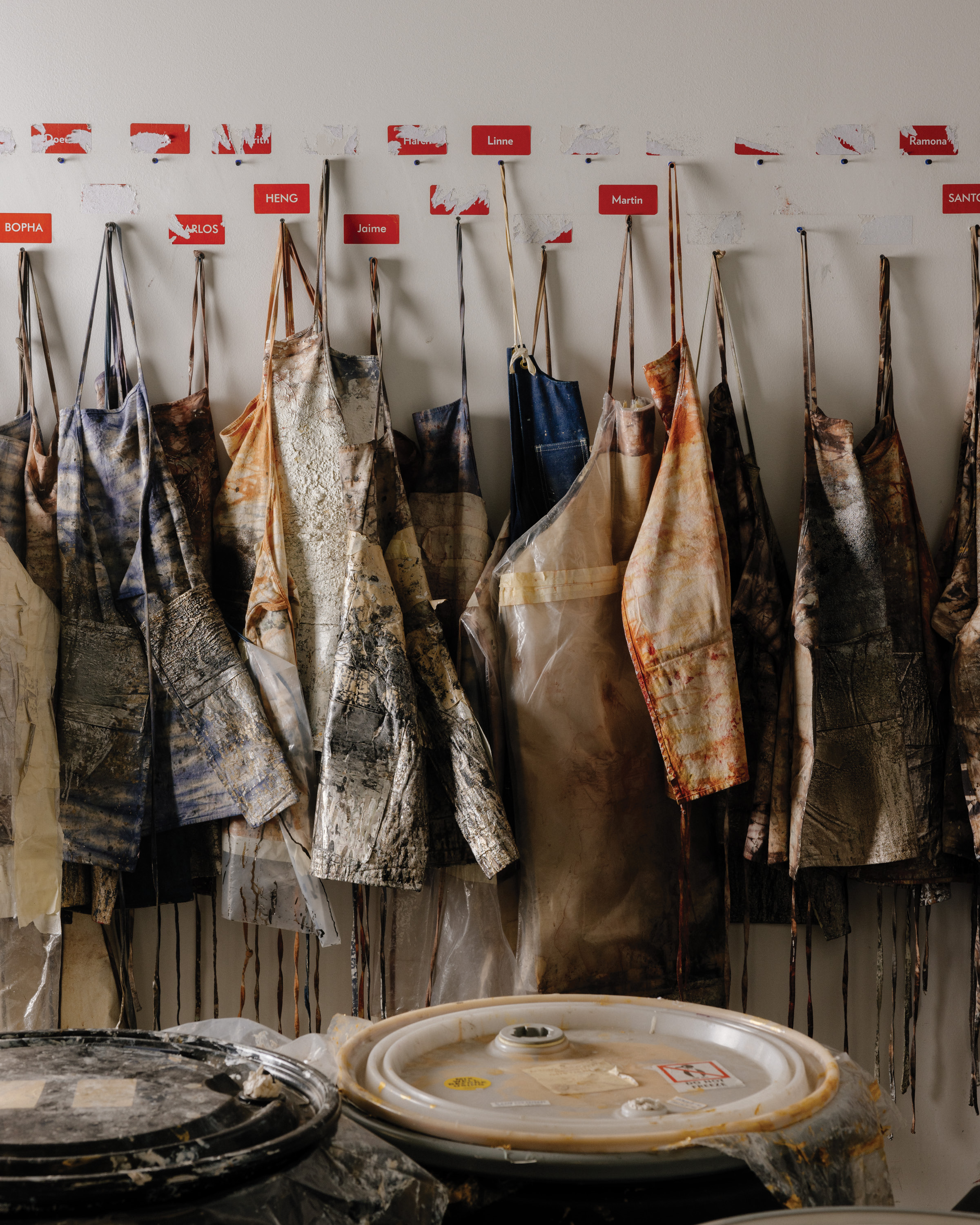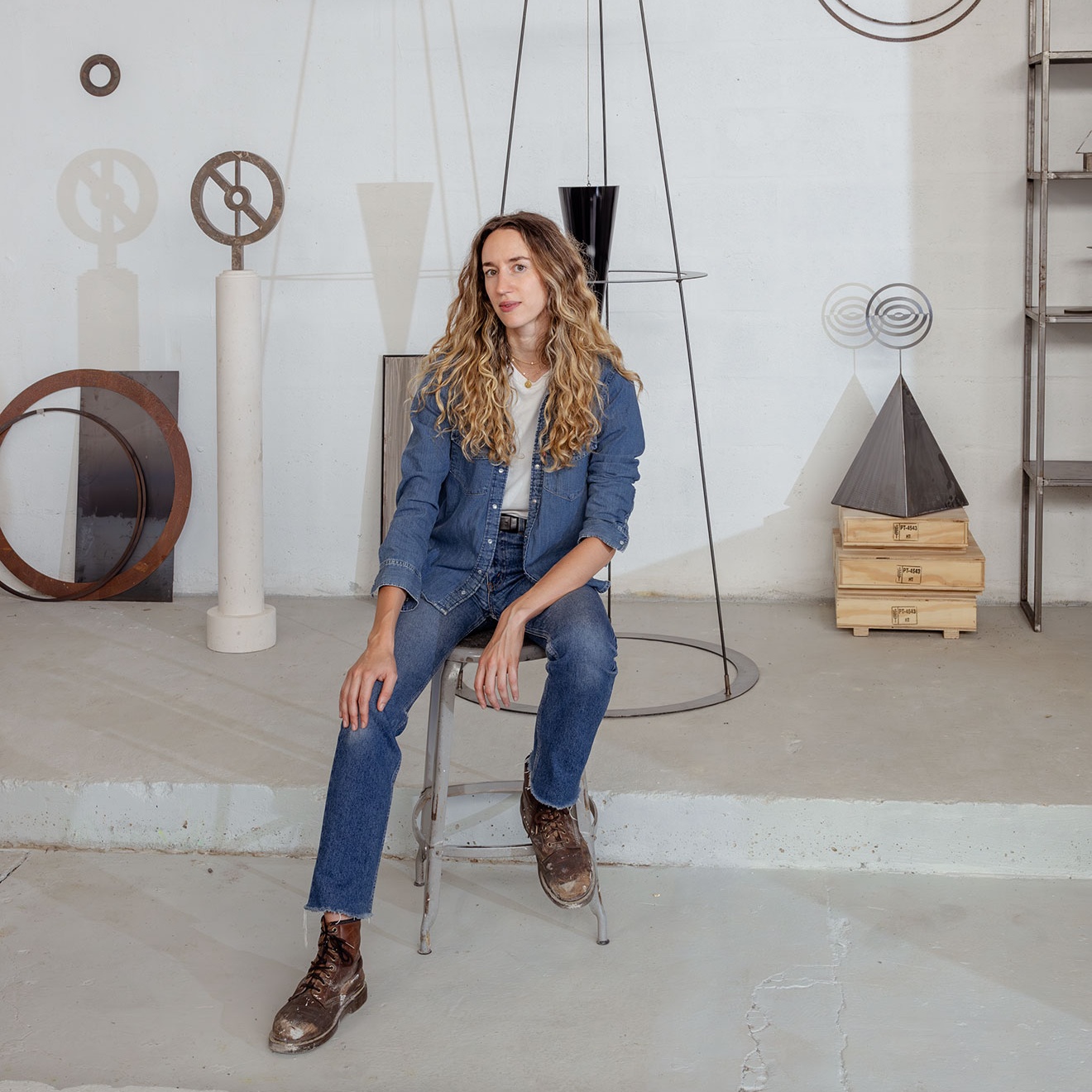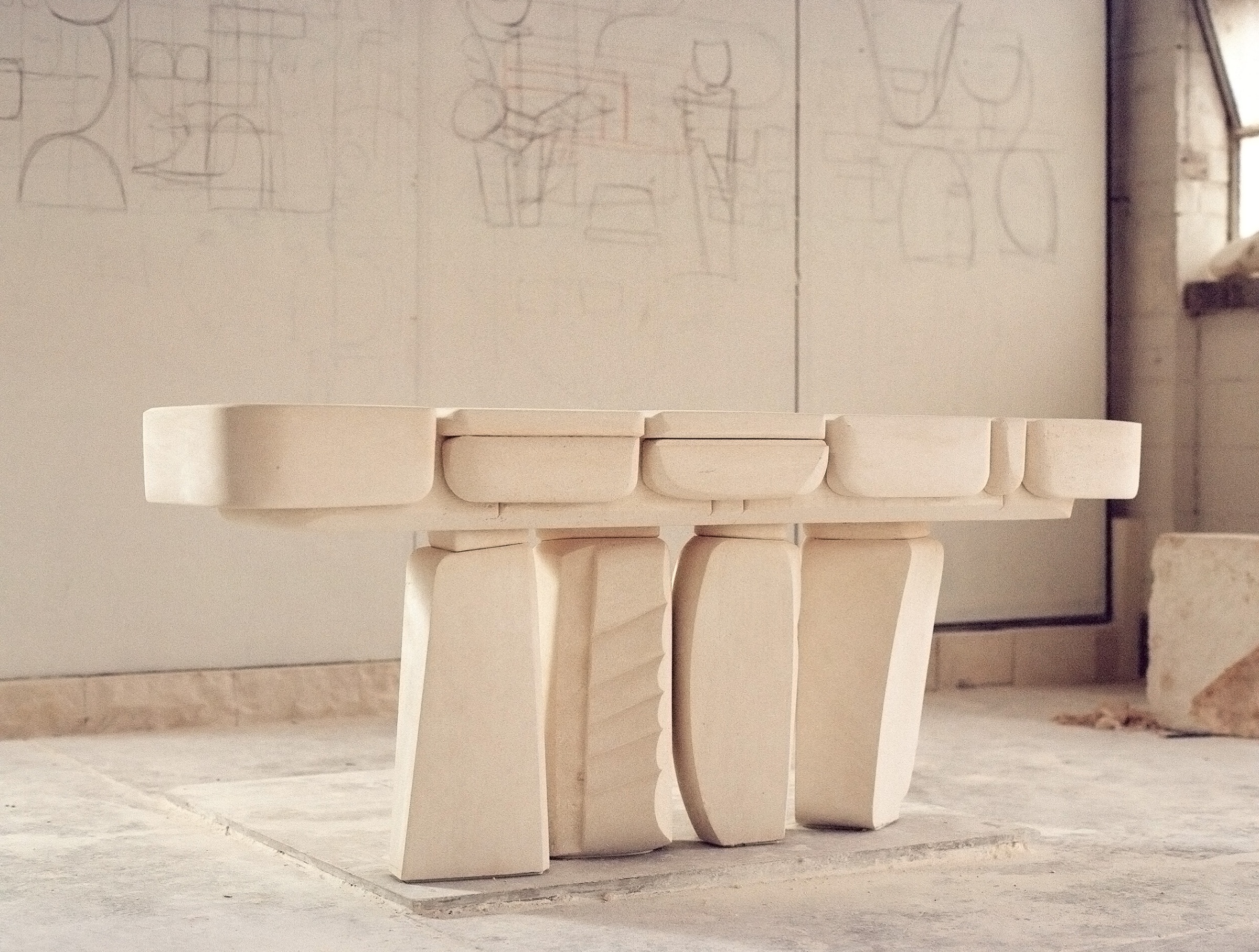“It feels so good to have land to walk on. I can see the sun go up and down. I have cats and dogs. It’s very natural, very peaceful, very satisfying,” the artist Ai Weiwei tells me from his new home outside of Lisbon.
Prior to exhibiting in Portugal, Ai Weiwei had never visited the country. “I never for one minute thought about Portugal.” But a chance summer drive in the beautiful Portuguese countryside gave him an idea. “I looked out the window and saw the land had no human beings, just cows and cork trees. It’s a very strong landscape. It brought me back to my youth in Xinjiang. So I thought maybe I could find a property here to buy and get a Golden Visa,” he says, referring to the visa program made available in exchange for certain economic investments.
Despite being one of the most famous living artists in the world, he still finds it difficult to travel. “I hold a Chinese passport and sometimes traveling is painful. You must go through all these extra procedures. So I felt like I could use a European visa. I made a quick decision and bought the first property I visited in Portugal. It’s about 17 acres; it’s the size of a little village with nobody there except for some trees. My girlfriend refuses to stay here. She says, ‘I just came from a village! And now you bring me to Europe to go to another village!’ I don’t blame her,” he laughs.
- At home in Portugal Ai Weiwei often wakes up early—as early as 3am—to correspond with colleagues back in Beijing. By 8am he’s at his construction site.
- Ai Weiwei’s traditional Chinese building will be pieced together without nails.
The artist is surprisingly upbeat and peaceful despite his harsh upbringing, which is patiently recounted in his recent memoir, 1000 Years of Joys and Sorrows (Crown). His father, the famous poet Ai Qing, was politically exiled and sent to do reform labor in the remote desert area of Xinjiang. For five years of his youth Ai Weiwei called a rat-infested dirt dugout his home and watched as his father was forced to clean latrines every day. The book serves as a chilling history of his life as well as a calmly and clearly illustrated picture of life under Communist rule in China and the impact it had on his own trajectory.
The artist has dedicated his career to sharing his story and his views largely through the medium of conceptual arts—perhaps most famously with his “S.A.C.R.E.D.” installation in 2011, which depicts his 81-day detention by the Chinese government in a life-sized diorama. His work often deals with refugee crisis, human rights, and personal freedoms. In his work and his memoir he is particularly interested in understanding the past. “From my point of view, it’s rare that anybody understands their own roots. If I ask a friend, ‘What do you know about your grandfather or grandmother?’ very often they say,‘I don’t know.’ Maybe they are liberated from their past, but the problem with that is that there is so much we can learn from the past. For Chinese, for anybody, in our genes there’s something marked, something in our unconsciousness, what you might call culture or the way we naturally make judgments. To understand that background is necessary. If you don’t care about your culture or heritage you are giving up so much. Everybody should be entitled to understand the past and reinterpret it.”
“Fortunately as an artist I can use a language that is vague and abstract.”
The artist is acutely aware that examining the past is not always pleasant, and his message is not always easy to receive. “Fortunately as an artist I can use a language that is vague and abstract. I’m quite skillful in craftsmanship and using materials so my work can still be very attractive so people might misunderstand it. But that’s good. It gives me some space to breathe,” he says.
Mixing beauty with powerful cultural messages is one of Ai Weiwei’s rare and powerful skillsets. The week we speak he is exhibiting the result of a three-year collaboration with Italian glass artisans Murano. Set inside Venice’s Basilica of San Giorgio Maggiore, more than 2,000 pieces of handcrafted black glass form a 30-foot high sculpture of human bones, organs, mystical creatures, and surveillance cameras. “It comes from my study of human flow of the refuge crisis,” he says. The work is beautiful, bold, but also infused with complex symbolism. It’s also just one of many projects he has underway. He likes to stay busy, or, as he puts it, “create new problems.” “I can’t just live in a vacation house or a hotel. I need to make something happen.”
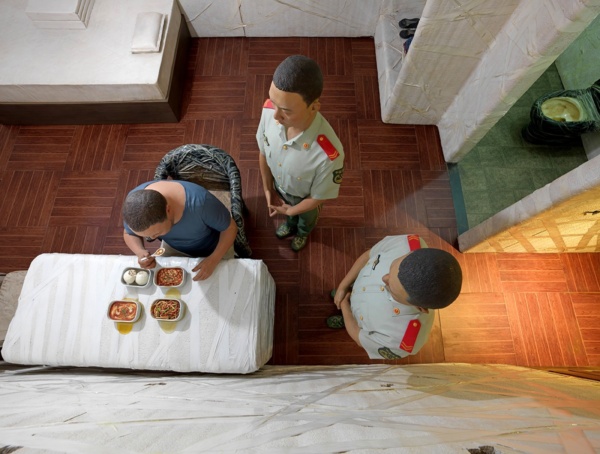
“S.A.C.R.E.D.” (2011) is a life-sized diorama depicting Ai Weiwei’s 81-day detention by the Chinese government. Courtesy of Lisson Gallery
Ai Weiwei likes to wake up early, sometimes as early as 3am to send messages to his studio in Beijing where it’s already 10am. By 8am he’s out at his construction site where, along with two skilled Chinese carpenters he has collaborated with for decades, he is attempting to recreate a traditional Chinese wood building. “We are carefully studying a 600-year-old old building from China that we shipped here to Portugal. There are no nails; it’s very beautiful. We are trying to build a modern version.” He admits he is still trying to “understand the Portuguese construction style.”
His own home is still in design. “There are so many options. That’s the most difficult situation—choosing only one look. But for furniture I cannot find anything that challenges Ming style furniture. There is so much about it that is superior—its materials, proportions. It’s minimal and contemporary.” He also loves to cook and shares his love for eating outdoors—“it’s so relaxing”—and for the bargains found in local restaurants. “The food is normal, but it’s very well cooked here. And the price is a quarter of what you would pay in New York. For four people you can have a good lunch with wine for only 45 euros. It’s unbelievable!”
Ai Weiwei appears to have found a true home in an unexpected location. “Portuguese are the kindest people. Nobody in this country is arrogant. Nobody thinks they’re above anybody. It’s just very calm, and I feel so good here.”
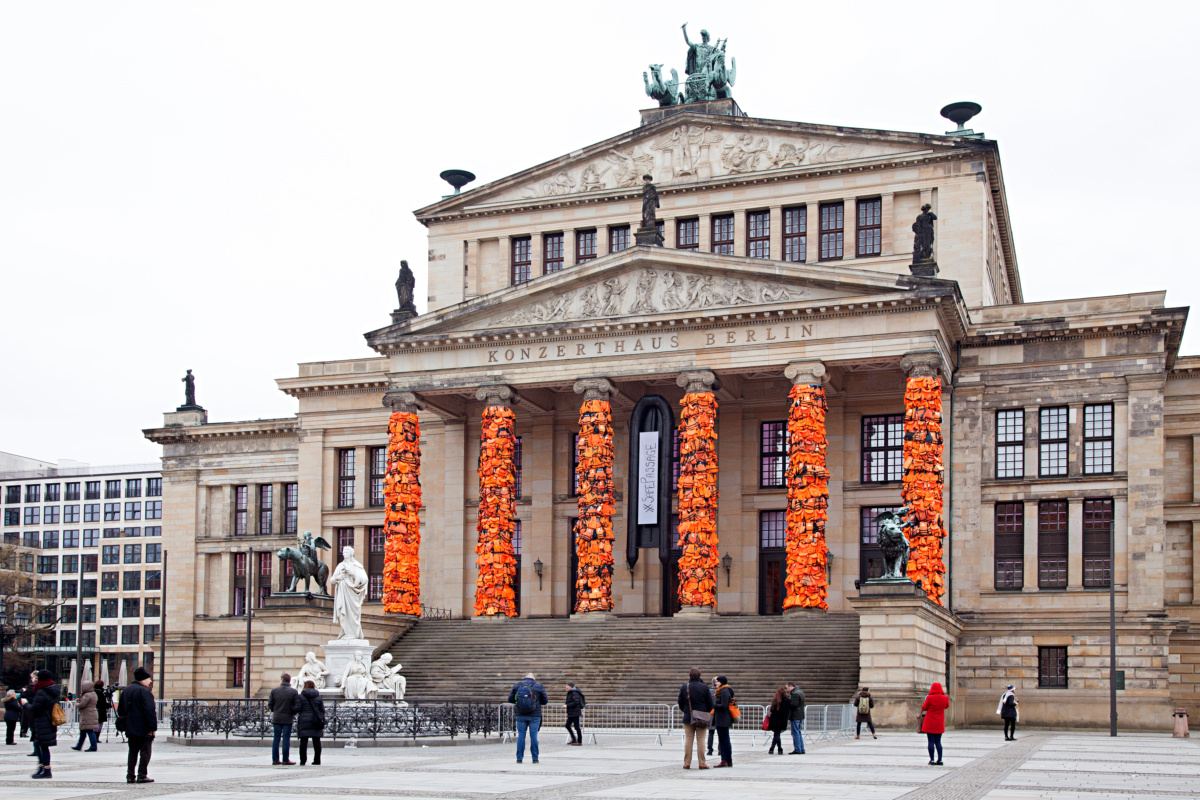
“Safe Passage,” 2016. Ai Weiwei covered the columns of Konzerthaus Berlin in orange life vests used by refugees who arrived in Lesbos, Greece. Courtesy of Ai Weiwei Studio
- The pieces of the building were shipped from China to be constructed at the site outside of Lisbon.
- “Surveillance Camera and Plinth” (2015) amplifies the sinister side of modern technology through the ancient technique of marble carving. Courtesy of Ai Weiwei Studio
- “Iron Root” (2018) is modeled after Brazil’s endangered Pequi Vinagreiro tree. Courtesy of Ai Weiwei Studio
- “It feels so good to have land to walk on… It’s very natural, very peaceful, very satisfying,” Ai Weiwei says.
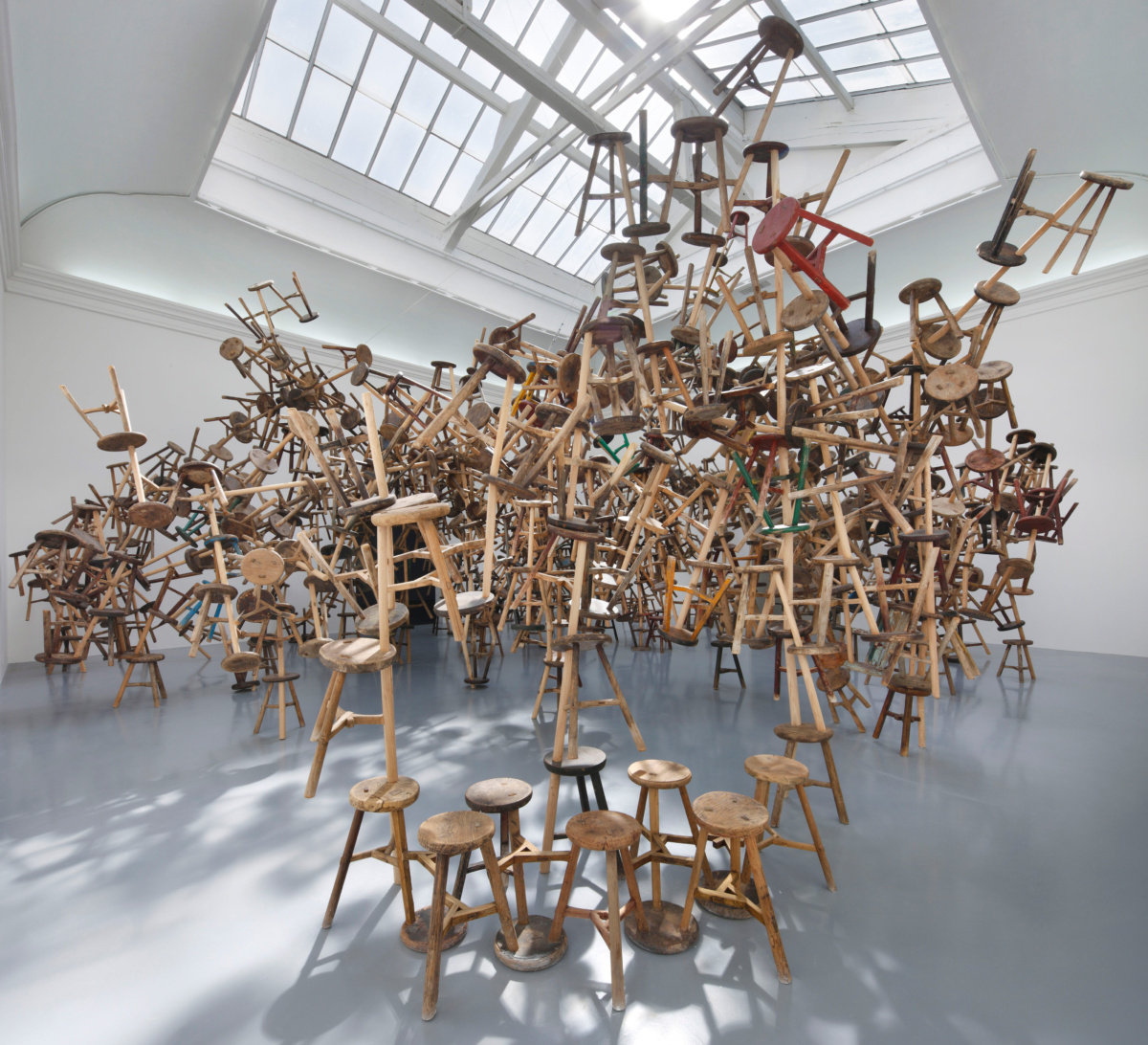
For the 2013 Venice Art Biennale, Ai Weiwei installed 886-three legged wooden stools, ubiquitous in China, in an explosion of wooden seats and legs that simply go “Bang” (2013.) Courtesy of Ai Weiwei Studio
A version of this article originally appeared in Sixtysix Issue 09 with the headline “Ai Weiwei.” Subscribe today.
